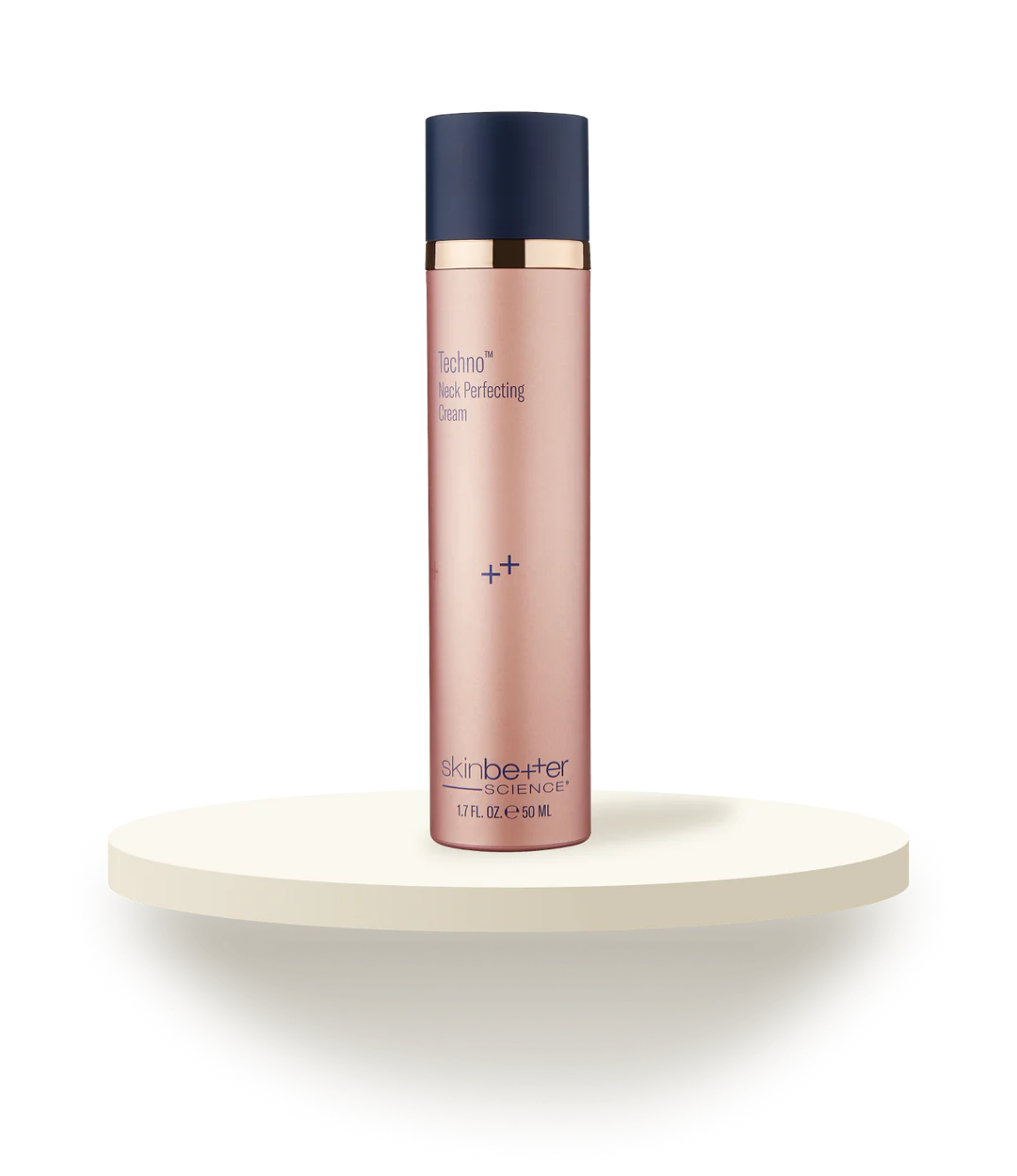Chin Shape & Size
We’ve all been told at some point to take it on the chin. And while that’s not always the most pleasant experience, there’s no denying a refined chin size and shape is a welcome occurrence any day.
What do Jay Leno, Halle Berry, Angelina Jolie, Oprah Winfrey, and Gwyneth Paltrow have in common? They all get a lot of attention for their chins. A strong chin, a weak chin, a prominent chin, a long chin, and the list goes on, but there is no arguing chin size and shape has a strong correlation to overall face shape and appearance. Gender, genetics, aging, and body weight can all impact chin shape. Fortunately, a plastic surgeon can assist you in creating your perfect appearance.
The chin can be defined as the bony prominence below the lower lip. The chin region and structures are collectively given the general term “mental”. The mental protuberance (or as most call it-the chin) is the midline aspect of the mandible (lower jaw). Interestingly, the lower jaw actually begins as two separate bones which then fuse centrally to create the single mandible bone seen in adults.
The chin serves as an insertion (connection) point for many of the important muscles involved in mastication (chewing). The chin is, therefore, believed to offload stress from the jaw bone during many mouth movements. There are other theories behind chin function, including its role in mate selection and speech formation although these are not as well supported.
Below the chin, in the area running back towards the neck, there are lymph nodes, nerves, blood vessels, and fat pads. The sub mental (chin) fat pad can be important in cosmetic considerations of the chin. It is a cylindrical structure more closely resembling subcutaneous fat than the buccal fat pad found in the cheek. (1)
Variations across chin size and shape are seen within all ages, genders, and ethnicities. Men typically have more square, wider chins, while female chins are more rounded and narrow. Genetics will determine the underlying bone structure and general anatomy including fat, skin, and muscle tissue.
Weight gain is known to cause increased sub mental fat (leading to a double chin appearance), however, some thin individuals may also be predisposed to higher submental fat deposits. The jawline, neck, and face shape will also correlate strongly to the appearance of the chin. As we age, and skin loses its elasticity, it is natural for drooping and sagging to occur. Additionally, certain medical conditions (especially endocrine disorders) can cause the appearance of swelling in the sub mental area.
Chin size and shape will be influenced by bone structure, fat tissue, and skin elasticity. Genetics, changes in weight, surrounding musculature, and natural aging will all cause variations in and to chin appearance. To better classify your unique concern a breakdown of subcategories is outlined below:
The size and shape of the chin has a strong correlation to overall facial symmetry and appearance. Both head on and in profile the chin brings definition to the jawline, neck, and mouth. Men and women of any age who feel their chin appearance is detracting from their overall appearance may benefit from one of numerous plastic surgery procedures to refine and define their chin shape and size.
Chin Surgery (Mentoplasty) is the general term for any procedure designed to enhance chin size, shape, and overall appearance. Whether your chin is too small, too large, drooping, sagging, or has a doubled appearance, a plastic surgery procedure can help to create your ideal aesthetic.
There are numerous invasive and noninvasive procedures to remove excess fat. Non-surgical options include Kybella, Mesotherapy, Lipodissolve, CoolSculpting, SculpSure, NeckTite™, and Ultrasound Skin Tightening/Ultherapy. For more extensive alterations, a surgical procedure like Cervicoplasty, Tumescent Liposuction, Laser Assisted Liposuction, Radiofrequency Assisted Liposuction, Water Jet Assisted Liposuction, SlimLipo, SmartLipo, Submental Liposuction, and Power Assisted Liposuction can decrease fat tissue and create a more desirable appearance.
A Botox for Dimpled Chin injection can relax the musculature causing the dimple, and smooth the indentation. Dimpleplasty is utilized to create the appearance of a new dimple.
A Surgical Correction of Chin Ptosis involves manipulating oral muscles and altering surrounding soft tissues to tighten and tone the chin area
This can be reduced by Chin Reduction or Osseous Genioplasty for Chin Deformity. Both procedures generally involve alterations to the mandible (lower jaw) and in some cases injections of fat tissue.
Fillers and implants can be utilized to enhance volume, size, and shape. Chin Augmentation, Alloplastic Chin Implant , Chin Augmentation with Soft Tissue Fillers, and Osseous Genioplasty for Chin Deformity are commonly used procedures to achieve a more defined and stronger chin.
For a deeper dive into all the procedures outlined above, check out our complete guide to Chin Enhancement Solutions.
